Case 05 The Curling Robot
Purpose
Use the blocks to build a Smart Cutebot Pro kit that pushes curling.
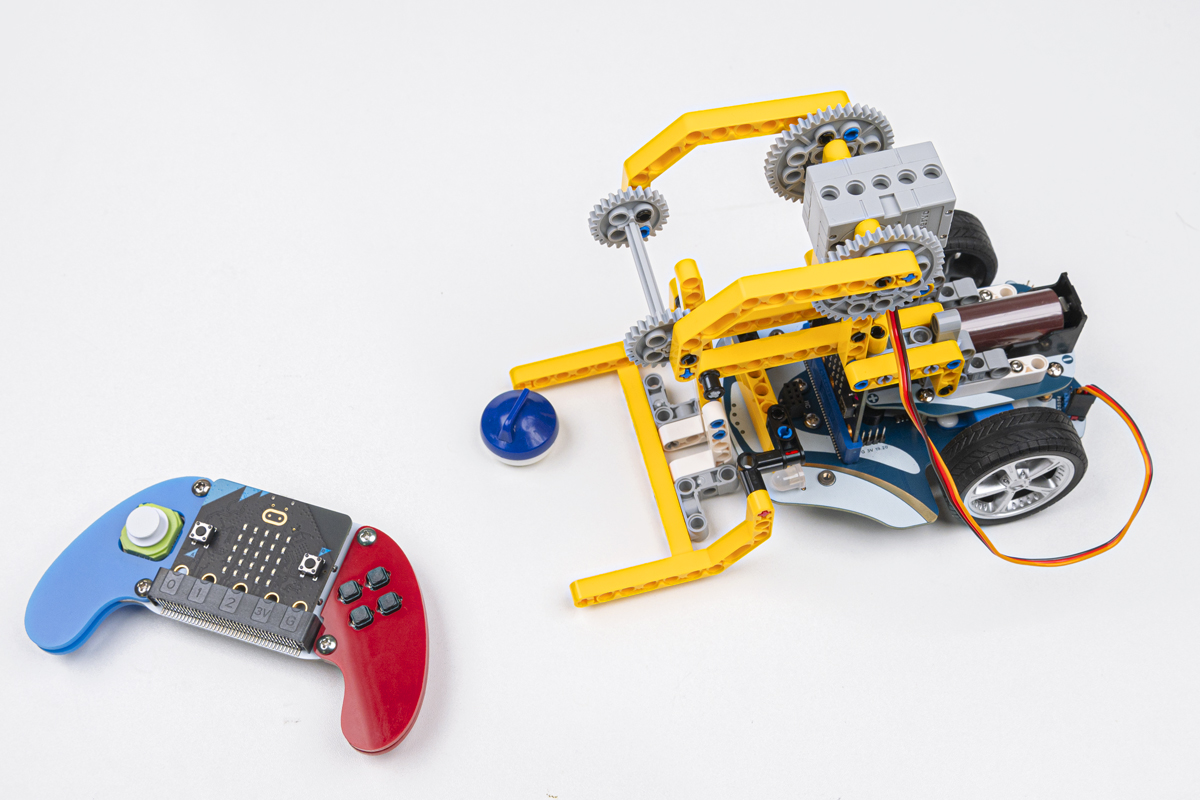
Material Requested
ELECFREAKS micro:bit Joystick:bit V2 Kit
Assembly Steps
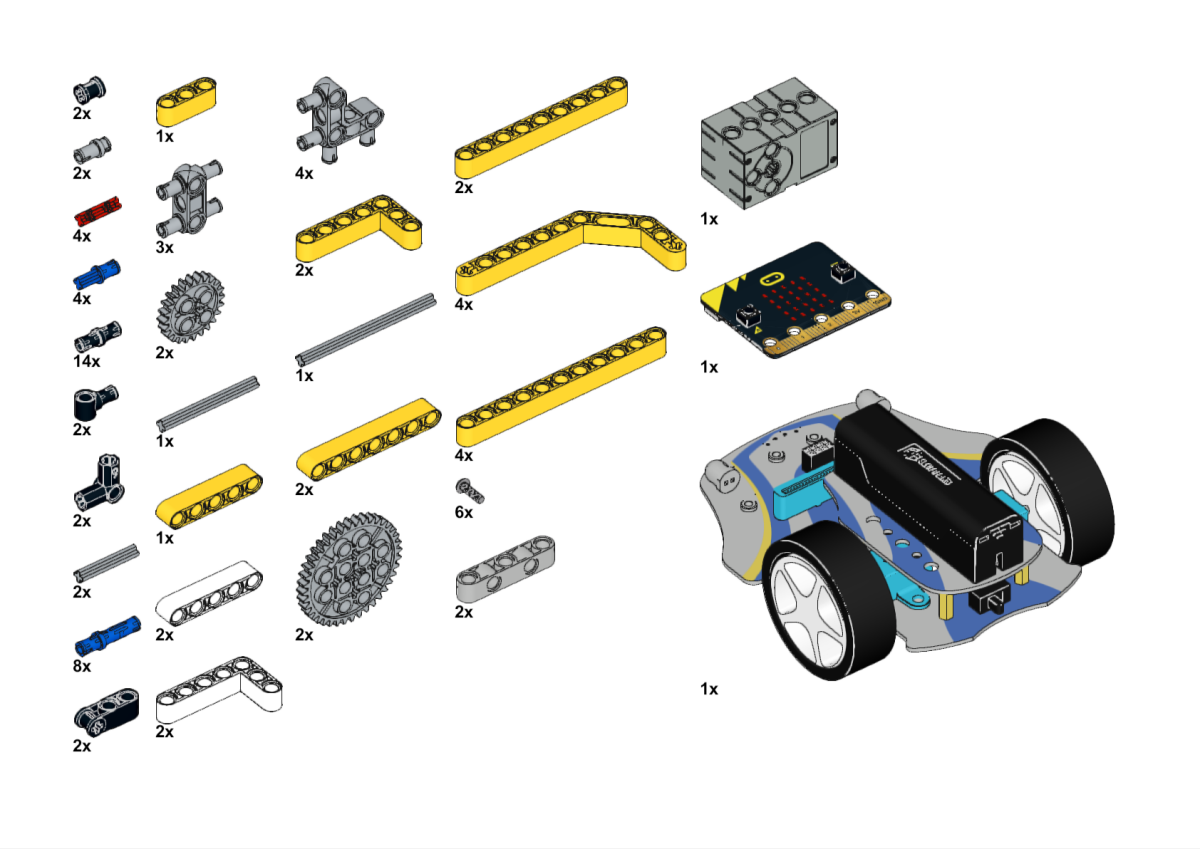

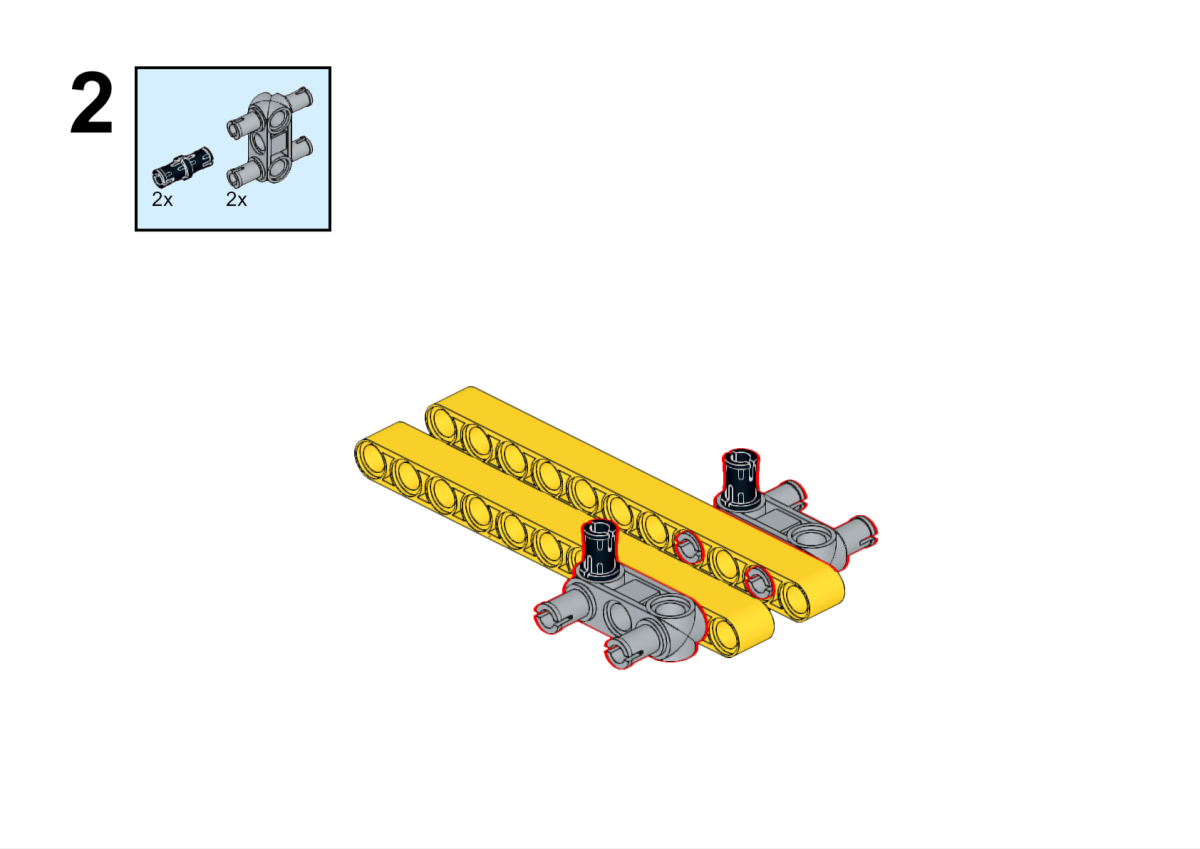



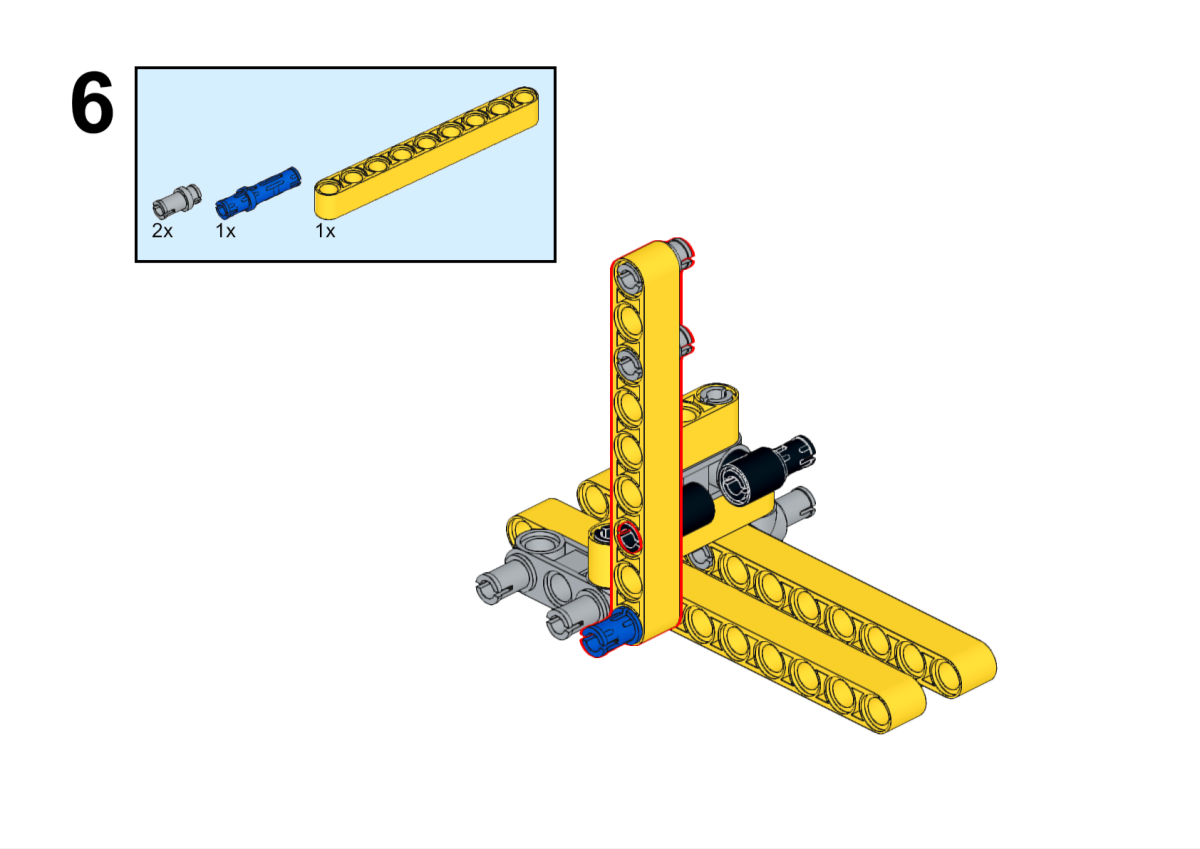
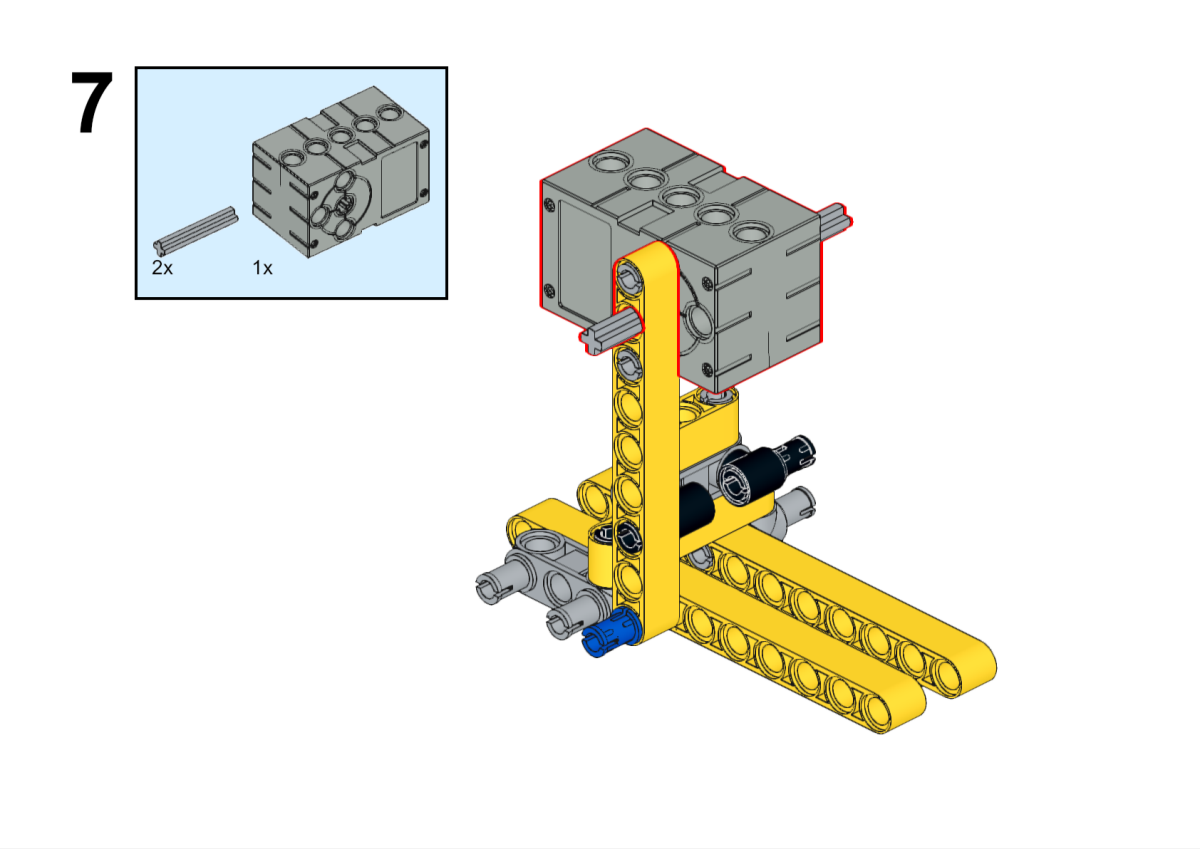


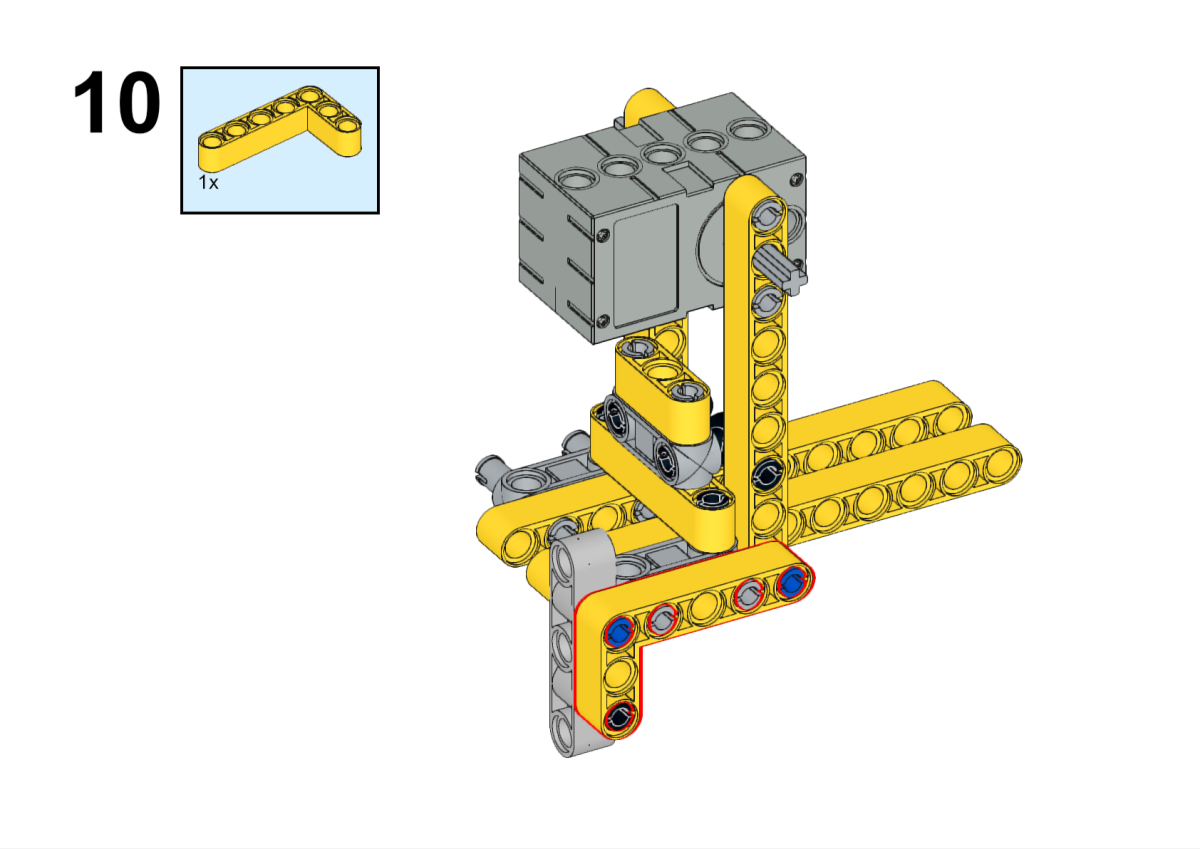





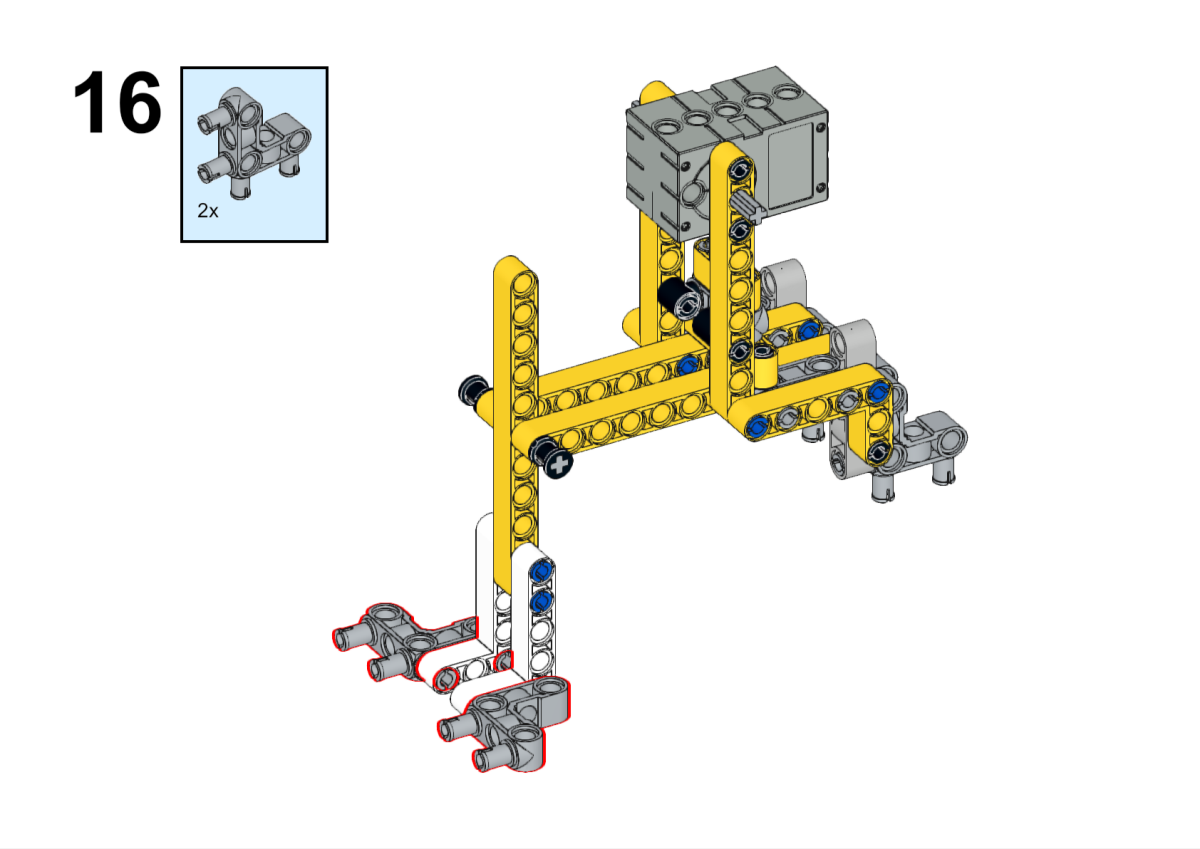
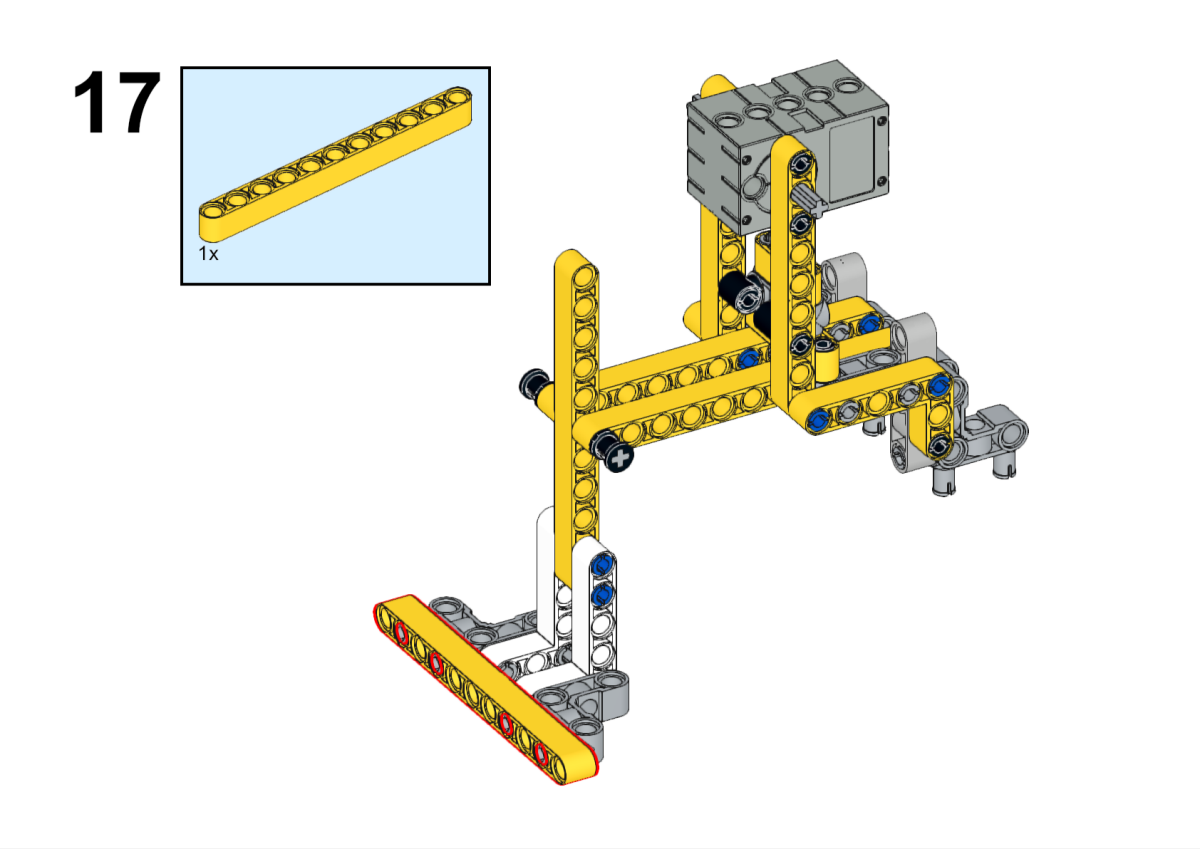

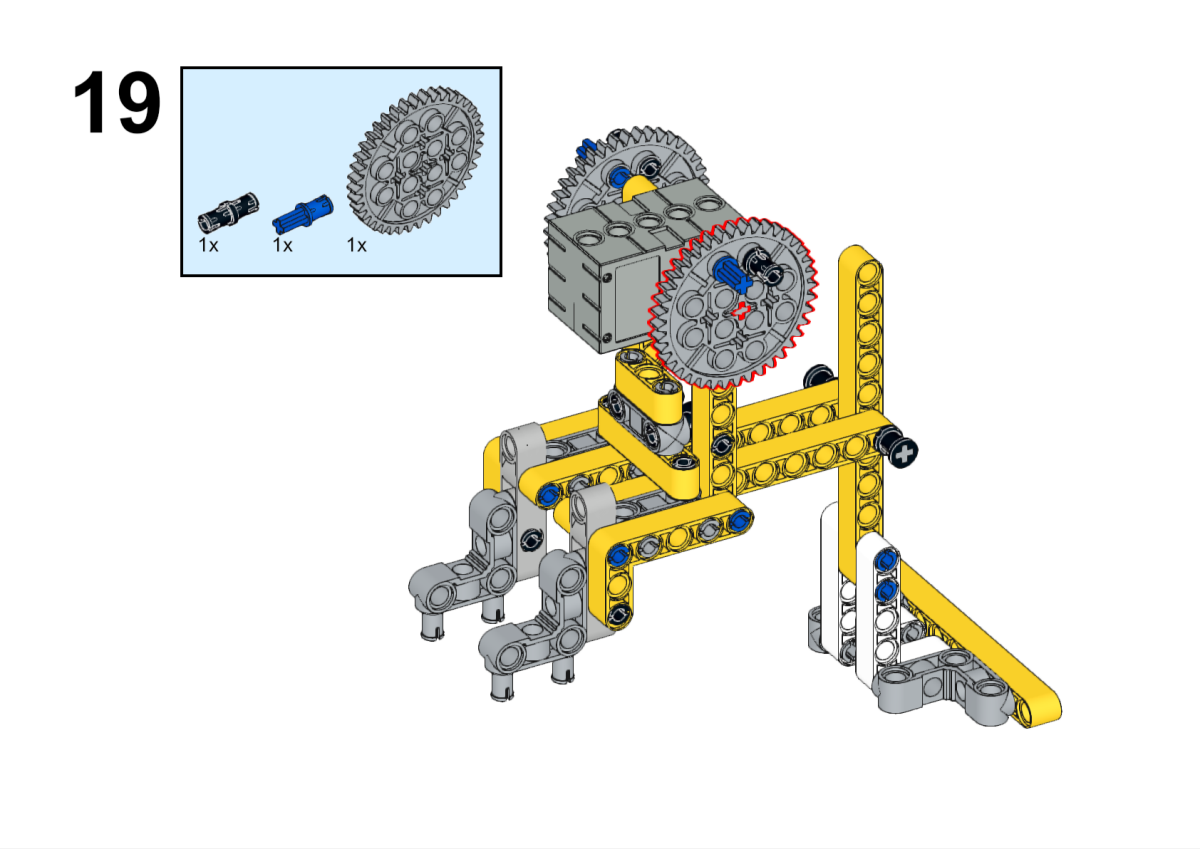

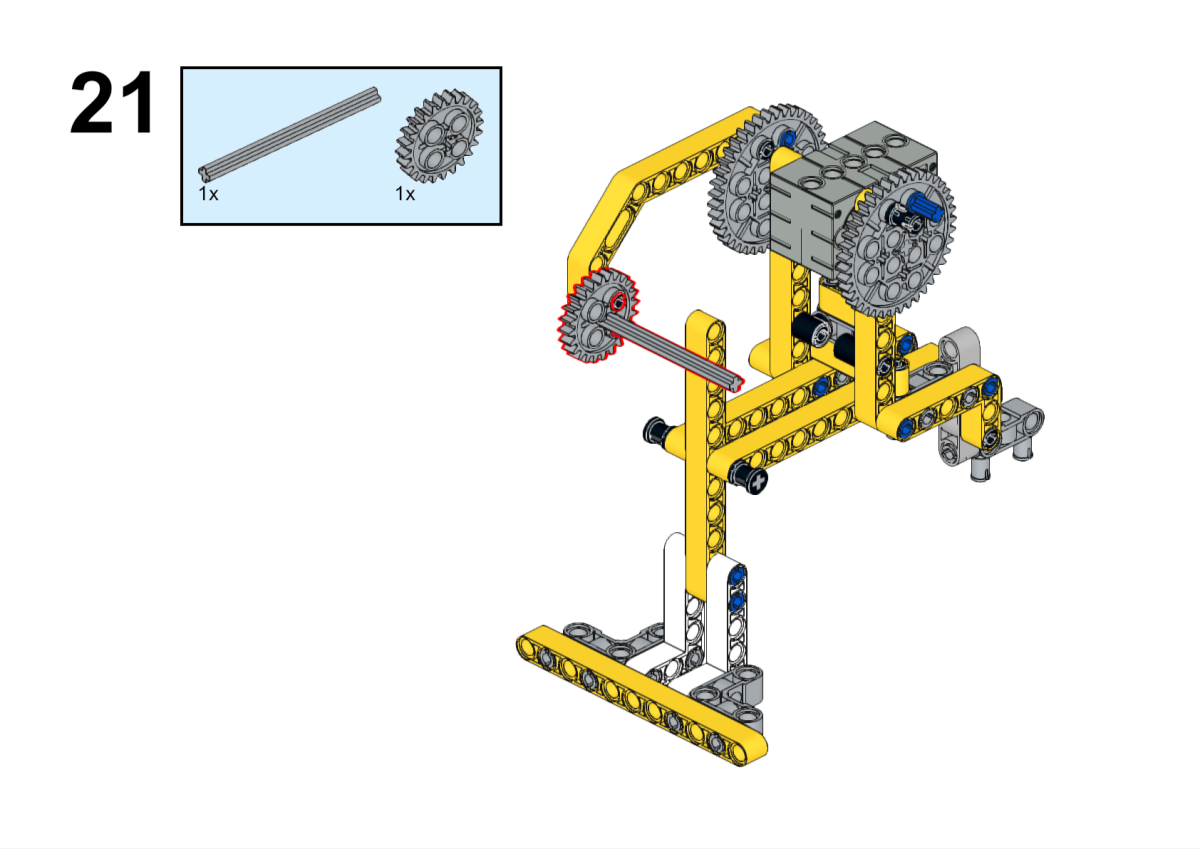


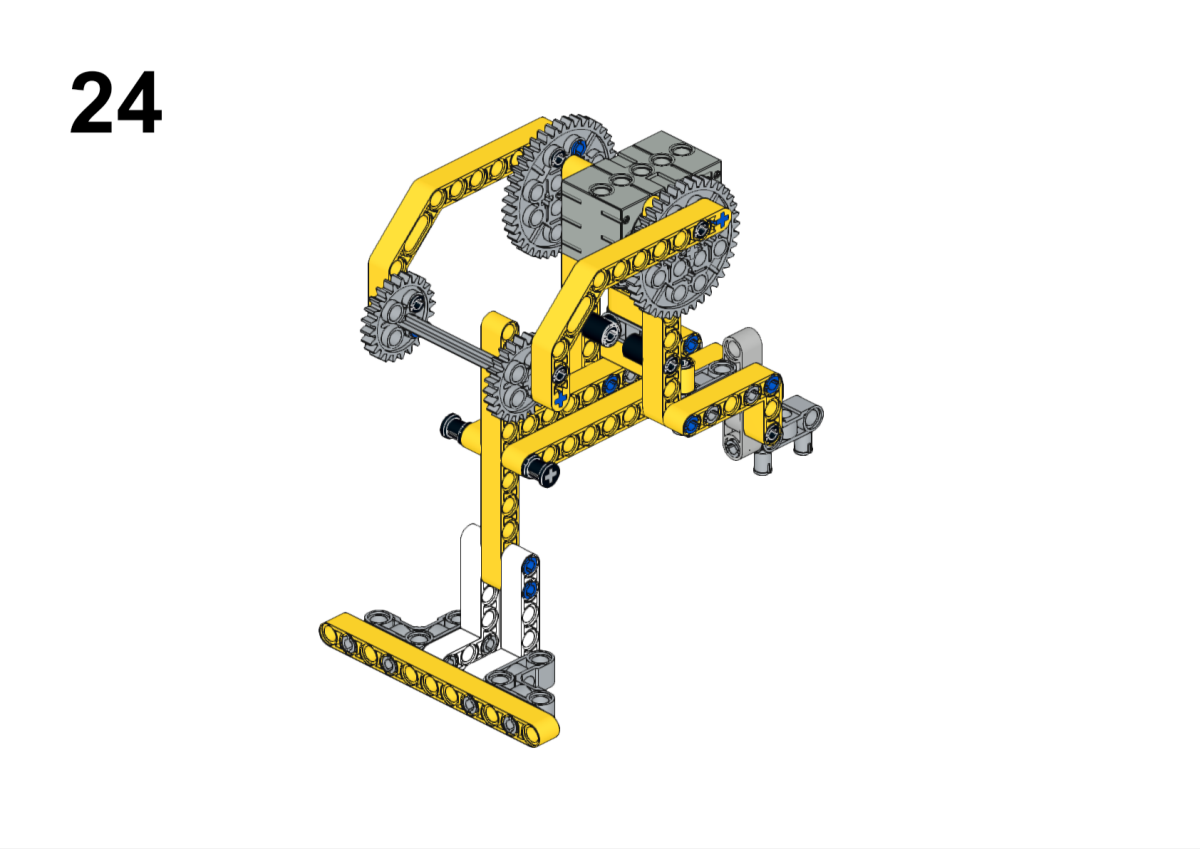

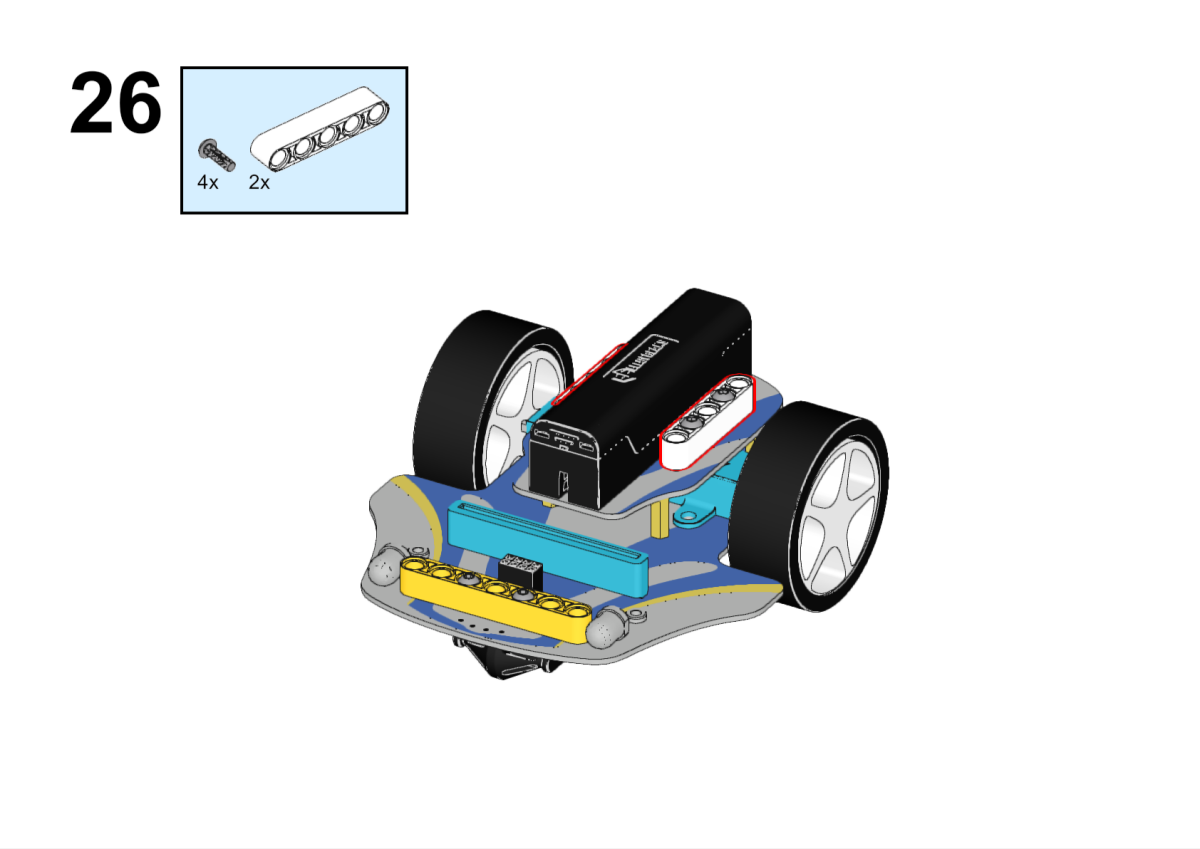







Hardware Connection
Connect the servo to the S1 port of the Smart Cutebot Pro.
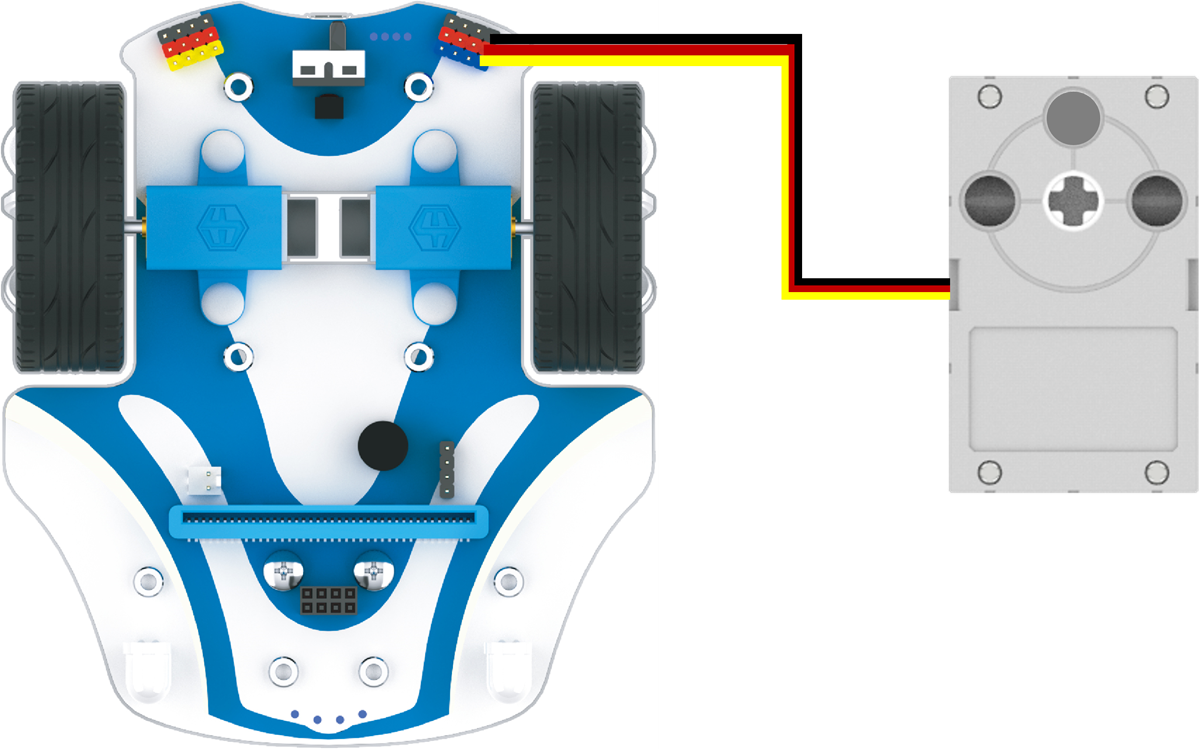
Software
Programming
Click Advanced in MakeCode's code drawer to see more code options.

In order to programme Smart Cutebot Pro, we need to add an extension library. Find Extensions at the bottom of the code drawer and click on it. This will bring up a dialogue box to search for CutebotPro and click to download this code library.

In order to programme the joystick:bit V2, we need to add an extension library. Find Extensions at the bottom of the code drawer and click on it. This will bring up a dialogue box to search for joystickbit and click to have it downloaded.

Sample Programme
Joystick

Reference
Link: https://makecode.microbit.org/_YMeUyvcFsJAF
You can also download the links directly:
Cutebot Pro

Reference
Link: https://makecode.microbit.org/_UgbbY1cMEXuo
You can also download the links directly:
Result
Control the travelling route of the cart through the joystick, and press the joystick button C to control the cart to push out the curling pot.

Expanded Knowledge
History and Development of Curling
Curling is a team sport played on ice to skate stones to a target area. Below is an overview of the history and development of curling:
Origins: The origins of curling can be traced back to ancient Scotland. It is believed that the Scots began playing the game of skating stones on ice in the 16th century, which can be considered a precursor to curling. The earliest curling competitions date back to the late 18th century, when such competitions began to be organised amongst Scottish farmers and fishermen.
Development: Curling became popular in Scotland's urban and rural communities in the early 19th century, and an important milestone in the sport was reached in 1820 when the first curling club was founded in Egyptlie, Scotland. As curling became more popular, each region of Scotland established its own curling club.
Internationalisation: Curling began to spread to other countries in the late 19th and early 20th centuries. Canada became an important development for curling, with Canadians introducing the sport to North America and establishing their own rules for curling. curling was first introduced as a performance sport at the Olympic Games in 1908, but did not become an official Olympic sport until the first Winter Olympics in 1924.
The World Curling Federation (WCF) was founded in 1958 to unify and govern the sport of curling worldwide. Since then, curling has grown rapidly around the world, with countries establishing their own curling organisations and clubs. Today, curling is a global ice sport, with many international competitions and tournaments held each year, including World Championships and the Winter Olympics.
Developments in technology and equipment: Over time, curling technology and equipment have evolved. Stones have become more advanced in design, with special materials and coatings used to improve skating performance. The maintenance of curling rinks and the treatment of the ice have also become more specialised to ensure fairness and a high level of play.
The growth of curling has also included a variety of youth and amateur competitions, as well as promotional and popularisation activities. The sport is attracting more and more people and has a large fan base worldwide.
Overall, curling has evolved over the centuries, from its origins in Scotland to becoming an international ice sport. It has continued to advance in terms of technology, rules and organisation, attracting athletes and spectators from all over the world.